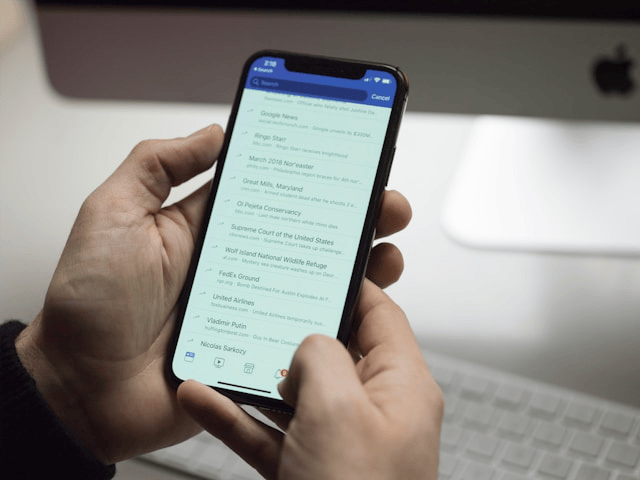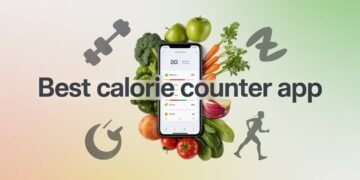Running a Facebook group successfully is no longer just about posting and moderating comments. With millions of active communities on the platform, Facebook has evolved to offer powerful features that help group admins manage their spaces efficiently and effectively. Whether you’re managing a niche hobby group, a professional community, or a local forum, understanding the key Facebook group admin tools can make your job much easier and your group far more successful.
If you’ve ever wondered how to manage a Facebook group better or grow your Facebook group faster, this guide is for you. Let’s dive into the admin tools you should be using right now.
1. Admin Assist
Admin Assist is one of the most valuable Facebook group admin tools available. It allows you to automate many of your moderation tasks, helping you maintain quality without manually reviewing every post or member request.
With Admin Assist, you can:
-
Automatically decline posts containing specific keywords or links.
-
Restrict posts from new members until they’ve been in the group for a set period.
-
Auto-approve posts from trusted members.
-
Decline member requests based on criteria like incomplete profiles or new accounts.
By customizing Admin Assist, you ensure your group stays spam-free and on-topic without spending hours manually moderating content.
2. Post Approval Settings
If you’re trying to maintain high-quality discussions, post approval is a must-use feature. When turned on, every post must be approved by an admin or moderator before it’s published.
Benefits include:
-
Blocking inappropriate or irrelevant posts before they go live.
-
Reducing the spread of misinformation.
-
Giving moderators time to review and guide conversations.
This is especially helpful in large groups or sensitive communities where real-time moderation is critical.
3. Member Request Filters
Not all join requests are created equal. To grow your Facebook group with genuine, interested members, you should use member request filters. Facebook allows you to set up:
-
Screening questions to gauge interest and intent.
-
Profile reviews, so you can check if the applicant is using a real account.
-
Auto-decline filters, such as location restrictions or account age.
Using these filters will help you avoid bots, trolls, and inactive members, keeping your group quality high from the start.
4. Group Insights and Analytics
If you want to grow your Facebook group strategically, you need to look at the numbers. Group Insights offers data on:
-
Member growth trends.
-
Post engagement (likes, comments, shares).
-
Active members and peak times.
-
Top contributors and popular content.
This information helps you make data-driven decisions. For example, you can schedule posts during your group’s most active hours or recognize your top contributors to encourage more engagement.
5. Scheduled Posts
A successful group requires consistency. But you don’t have to be online all the time to stay consistent. With scheduled posts, you can plan your content in advance.
Why use this feature?
-
Maintain daily or weekly posting schedules.
-
Share updates, polls, or questions at optimal times.
-
Keep the group active even when you’re unavailable.
Combine this with insights data to maximize reach and engagement.
6. Rules and Announcements
Clear group rules help set expectations and reduce misunderstandings. Facebook allows you to:
-
Create a visible list of group rules.
-
Prompt members to read and accept them before posting.
-
Enforce rules fairly with moderation support.
Pair your rules with announcements, which you can pin at the top of the group. This is ideal for:
-
Welcoming new members.
-
Sharing group updates or events.
-
Highlighting important discussions or policies.
Together, rules and announcements keep your group organized and respectful.
7. Badges and Member Recognition
Positive reinforcement drives participation. Facebook lets you assign badges to highlight:
-
New members.
-
Top contributors.
-
Group moderators and admins.
These badges encourage users to engage more often and create a sense of community identity. If you’re wondering how to manage a Facebook group that feels active and loyal, start with recognition.
8. Keyword Alerts
Monitoring conversations is easier with keyword alerts. You can set up notifications for specific words or phrases that matter to your group’s mission or safety.
For example:
-
Monitor mentions of your group name or brand.
-
Track sensitive topics or potential conflicts.
-
Get alerted to scam attempts or inappropriate behavior.
This feature helps you step in before issues escalate, keeping your group safe and respectful.
9. Linking Your Group to a Facebook Page
For businesses, brands, or creators, linking your Facebook group to your Facebook page creates a unified presence across the platform.
Benefits include:
-
Posting and commenting as your page.
-
Adding page followers to your group community.
-
Promoting group discussions in your page content.
This is especially useful if you’re building a community around a product, service, or personal brand.
Final Thoughts
Facebook provides a robust suite of admin features that go far beyond basic moderation. By using the right Facebook group admin tools, you can automate repetitive tasks, keep discussions clean and respectful, and foster a thriving community that grows over time.









